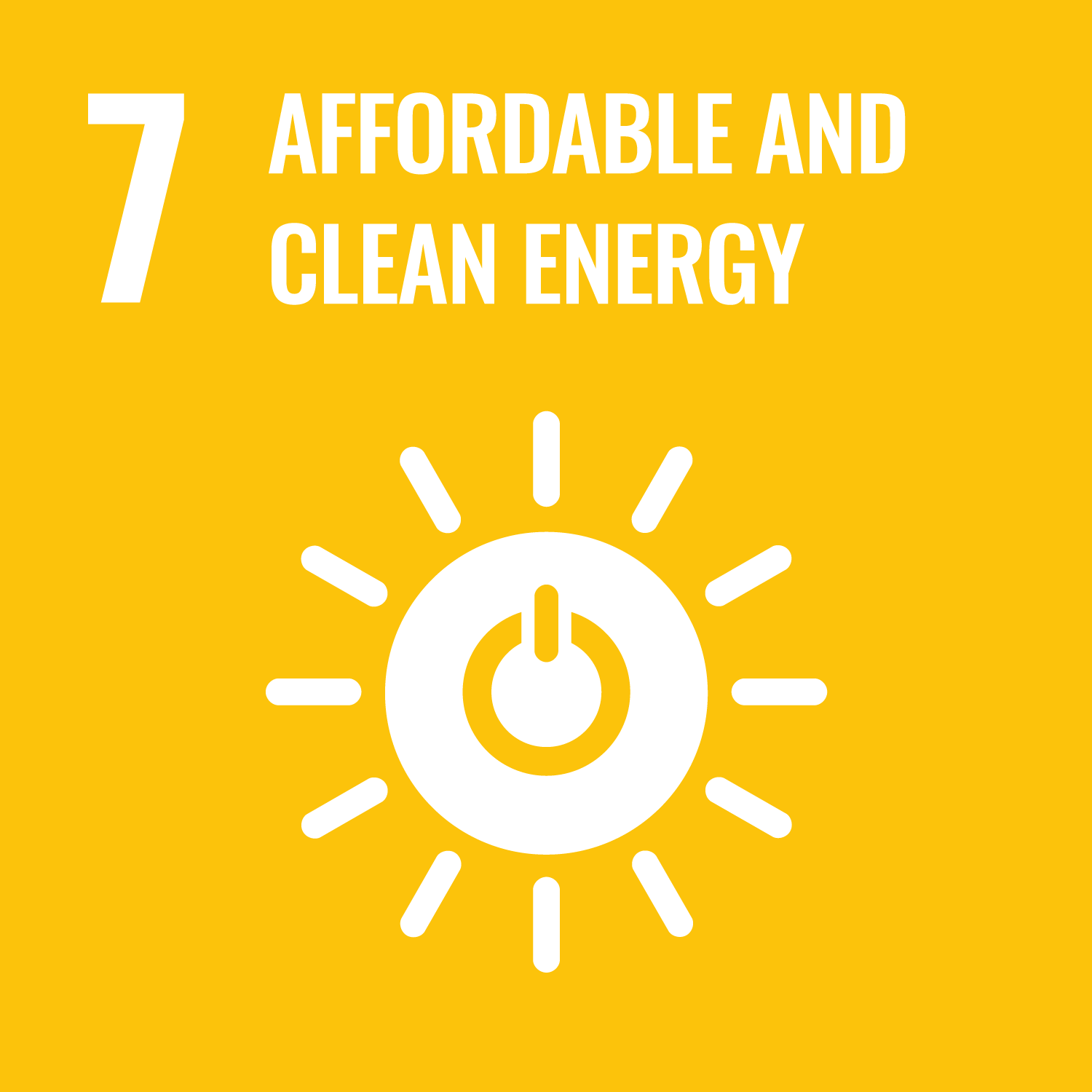Brockway, P.E. orcid.org/0000-0001-6925-8040, Heun, M.K. orcid.org/0000-0002-7438-214X, Marshall, Z. orcid.org/0000-0001-9260-7827 et al. (7 more authors) (2024) A country-level primary-final-useful (CL-PFU) energy and exergy database: overview of its construction and 1971–2020 world-level efficiency results. Environmental Research Energy, 1 (2). 025005. ISSN 2753-3751
Abstract
Societal exergy analysis examines the flows of energy and exergy through societies, from primary (e.g. oil) to final (e.g. gasoline) to useful (e.g. propulsion) energy stages. By extending the study of energy to the useful stage, new insights into the under-represented role of energy in economic growth have been made. However, currently (a) country coverage is patchy and incomplete, (b) available data are based on varying methods and assumptions including efficiencies based on economic rather than engineering data, and (c) datasets are constructed using piecemeal computational approaches. To address these gaps, we construct a country-level primary-final-useful (CL-PFU) energy and exergy database for the period 1960–2020, containing country-level data created by a consistent physical approach, covering 152 individual countries and 3 rest of world regions, 7 aggregate and 46 detailed sub-sectors, 68 final energy products, and 85 final-to-useful (FU) energy conversion devices. This paper (a) provides details of CL-PFU database construction and its input datasets and (b) gives world-level primary-final-useful energy, exergy, and efficiency results for 1971–2020. We find that whilst world efficiency (including animal and human muscle work) has decreased over primary-to-final stages from 79% to 72% for energy and from 79% to 70% for exergy, there has been a much larger increase in world FU efficiency, which has grown from 37% to 65% in energy terms and from 15% to 23% in exergy terms. This large rise in FU efficiency leads to much larger gains in useful energy (3.71 × 1971 value) and useful exergy (3.20 × 1971 value) than at primary (2.33 × 1971 value) or final (2.10 × 1971 value) stages. Muscle work contributes only a small (less than 10%, and declining) share at primary, final, and useful energy stages.
Metadata
| Item Type: | Article |
|---|---|
| Authors/Creators: |
|
| Copyright, Publisher and Additional Information: | © 2024 The Author(s). Published by IOP Publishing Ltd. Original content from this work may be used under the terms of the Creative Commons Attribution 4.0 license. Any further distribution of this work must maintain attribution to the author(s) and the title of the work, journal citation and DOI. |
| Keywords: | energy database, exergy analysis, primary energy, final energy, useful energy, exergy efficiency, energy efficiency |
| Dates: |
|
| Institution: | The University of Leeds |
| Academic Units: | The University of Leeds > Faculty of Environment (Leeds) > School of Earth and Environment (Leeds) > Sustainability Research Institute (SRI) (Leeds) |
| Depositing User: | Symplectic Publications |
| Date Deposited: | 02 Oct 2024 15:59 |
| Last Modified: | 23 Jan 2025 15:54 |
| Status: | Published |
| Publisher: | IOP Publishing |
| Identification Number: | 10.1088/2753-3751/ad4e39 |
| Related URLs: | |
| Sustainable Development Goals: | |
| Open Archives Initiative ID (OAI ID): | oai:eprints.whiterose.ac.uk:217800 |
Download
Filename: Brockway et al 2024 ERL CL-PFU world-level efficiency.pdf
Licence: CC-BY 4.0


 CORE (COnnecting REpositories)
CORE (COnnecting REpositories) CORE (COnnecting REpositories)
CORE (COnnecting REpositories)